How to storm proof your garden
Storms can wreck gardens - we’ve got 10 expert tips on how to help minimise the damage.
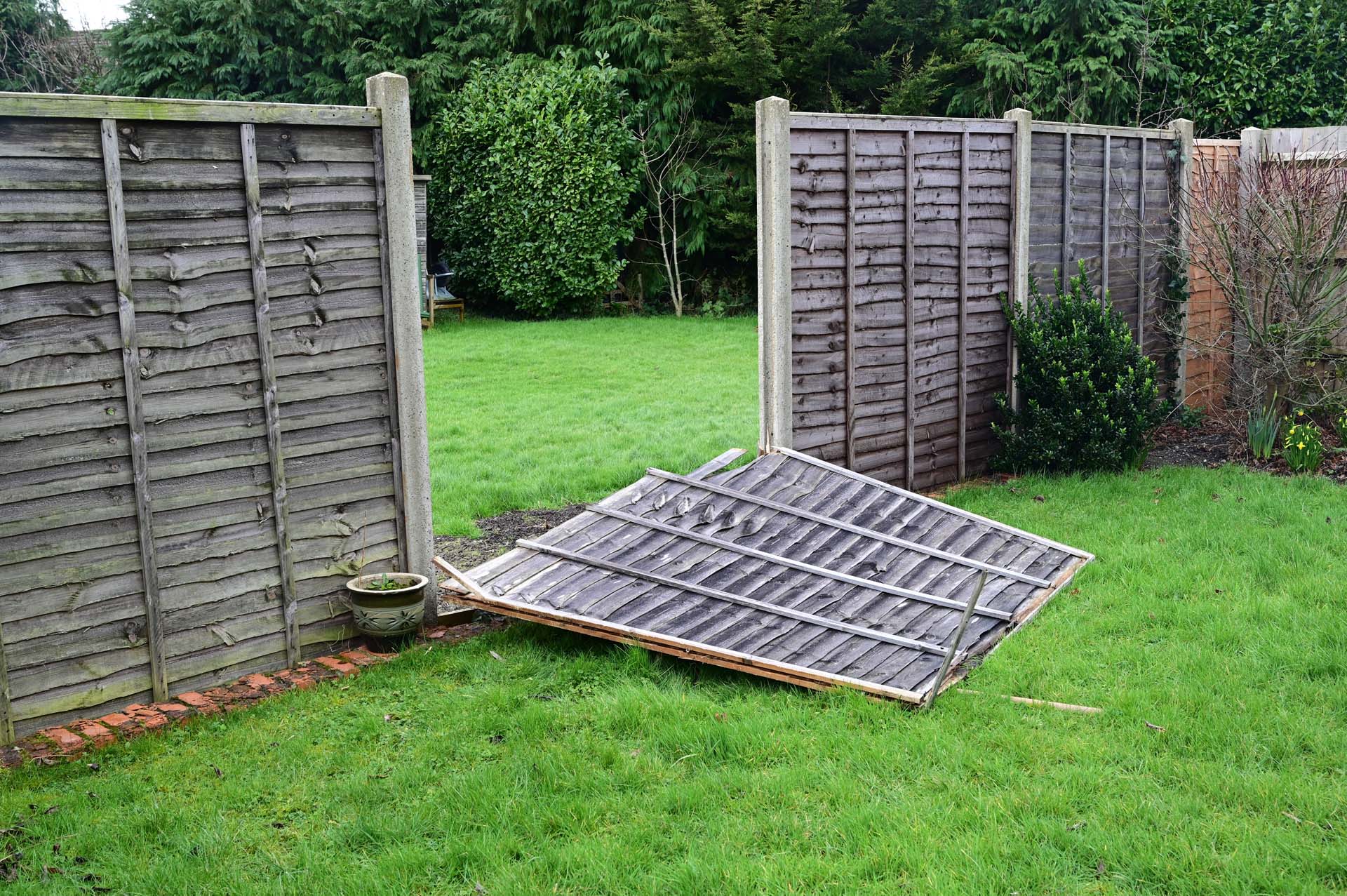
Storms can wreck gardens - we’ve got 10 expert tips on how to help minimise the damage.

Batten down the hatches and tether your garden furniture: when a storm’s coming, it’s always better to be prepared.
As we head into winter, the UK traditionally experiences more storms - the list of names for storms for 2024/25 was released in August. In the UK a storm is named when it has the potential to cause disruption to travel, power cuts and damage to buildings - and the Met Office will issue an amber or red warning.
Our gardens can suffer too, so how can we storm-proof them to try to prevent back yard disaster? We've got the best advice from the experts.
TV weather presenter and director of Weathertrending, Sara Thornton, who’s a fellow of the Royal Meteorological Society, told Saga: “At this point in the year, the trees are in full leaf, so they’re easier to bring down. Also, there’s more chance of flooding because the leaves will block the drains.”
“We're now entering the autumn period with more chance of deep areas of low pressure,” says Thornton. “As the climate warms, it holds more moisture, so these periods of severe weather are becoming more frequent and more intense.
"For every one degree celcius of warming in the atmosphere, it holds 7% more moisture, so that means that when you have spells of wet weather, the downpours are more intense – and climate change can lead to more intense areas of low pressure, so stronger and more damaging winds."
The best advice is to take action before the storms arrive. Gardening expert Simon Akeroyd says: “Only storm-proof your garden before it starts, because gusts of winds can be quite dangerous with falling branches or roof slates.
"If gusts of wind reach 40-50mph (64-80km), put your safety first and stay out of the garden, particularly if you have overhanging trees.”
From pruning your shrubs to securing your wheelie bins, Simon Akeroyd has 10 top tips for preparing your garden for a storm.
If you’ve got pots and containers, they’re prone to blowing over – and if they’re nice, expensive terracotta or porcelain ones, they could smash and break. If it’s possible, move them over to a more secure place, even if that’s just putting them against a wall, out of direct wind.
Plastic pots might fly away, so gather them up or put extra weight in them. It’s always better to cluster your containers and if you put them into groups, they’ll protect each other.
Sheds can be quite vulnerable in storms, so go out there now and check it over. Look for loose flapping on the roof – I’ve lost felt roofs in windy conditions. Batten down the felt or secure it with clout nails at the edges so that loose bits won’t fly off.
Check your fence, too, and put some of your larger containers up against it if you spot a weak point.
Gather up cushions, hammocks and anything else loose, and take them indoors or put them in the garage or shed.
Stack your chairs to give them weight, particularly if you have light plastic furniture, and move them into a sheltered corner. If you have a plastic table, unscrew the legs, dismantle and store it.
Whatever you do, don't leave a parasol open and move it inside if you can because even closed ones can fly away.
Watering cans can be the first thing the wind will pick up because they are hollow vessels. Bring them indoors or put them in the shed – or, if not, fill them with water to anchor them to the ground.
Protect trees in containers by tying them together with soft twine, a fabric belt or even a pair of tights (because they’re nice and flexible). If you tie them up with string and the wind really batters them, it tends to cut into trunks or branches and cause damage.
You could tie them to a wall if you have hooks or nails (this is especially worth doing for a single tree, if you don’t have the option to tie them together - you can also use a stake).
I’ve had wheelie bins going flying and blowing down our street, so cluster them into groups and tie them together with a bit of rope or a bungee cord, and put the wheels at right angles to each other. Make sure they’re full so the weight stops them from blowing away, or place a brick or stone behind the wheels.
Shrubs – and roses in particular – are susceptible to wind-rock, so prune them if you have time before the storm. There’s a lot of sail in the branches after summer’s growth, so thin them out. Take about a third of the branches off, then there’s less chance of them blowing over.
Make sure your climbers – such as wisteria, roses and clematis – are secure. You might want to prune them to take a bit of sail off – and add a few more ties so they’re secure.
Make sure shrubs and young trees are well staked. Fashion a pair of tights into a figure of eight with a knot in the middle, which should allow the tree to flex but not snap or bounce back on to the stake.
If you still have hanging baskets outside your home, make sure they are secure. Some people hang them outside their window, so take them down before the storm so there’s no danger of them smashing the glass.
If you have a greenhouse or shed, close all the windows and doors, because the wind can blow panes out or lift the whole thing if they’re not secured to the ground.
Powercut? Call 105 if you’re in England, Scotland or Wales and 03457 643 643 in Northern Ireland
Smell gas? Call 0800 111 999 in England, Scotland and Wales and 0800 002 001 in Northern Ireland
Hannah Verdier writes about fitness, health, relationships, podcasts, TV and the joy of reinventing yourself at 50 and beyond. She’s a graduate of teenage music bible Smash Hits and has a side hustle as a fitness trainer who shows people who hated PE at school how to love exercise.
View author page
Rekha Mistry shares her top vegetables to grow in your garden all year round.

We explain the science and have 7 of the best scented plants for your garden.
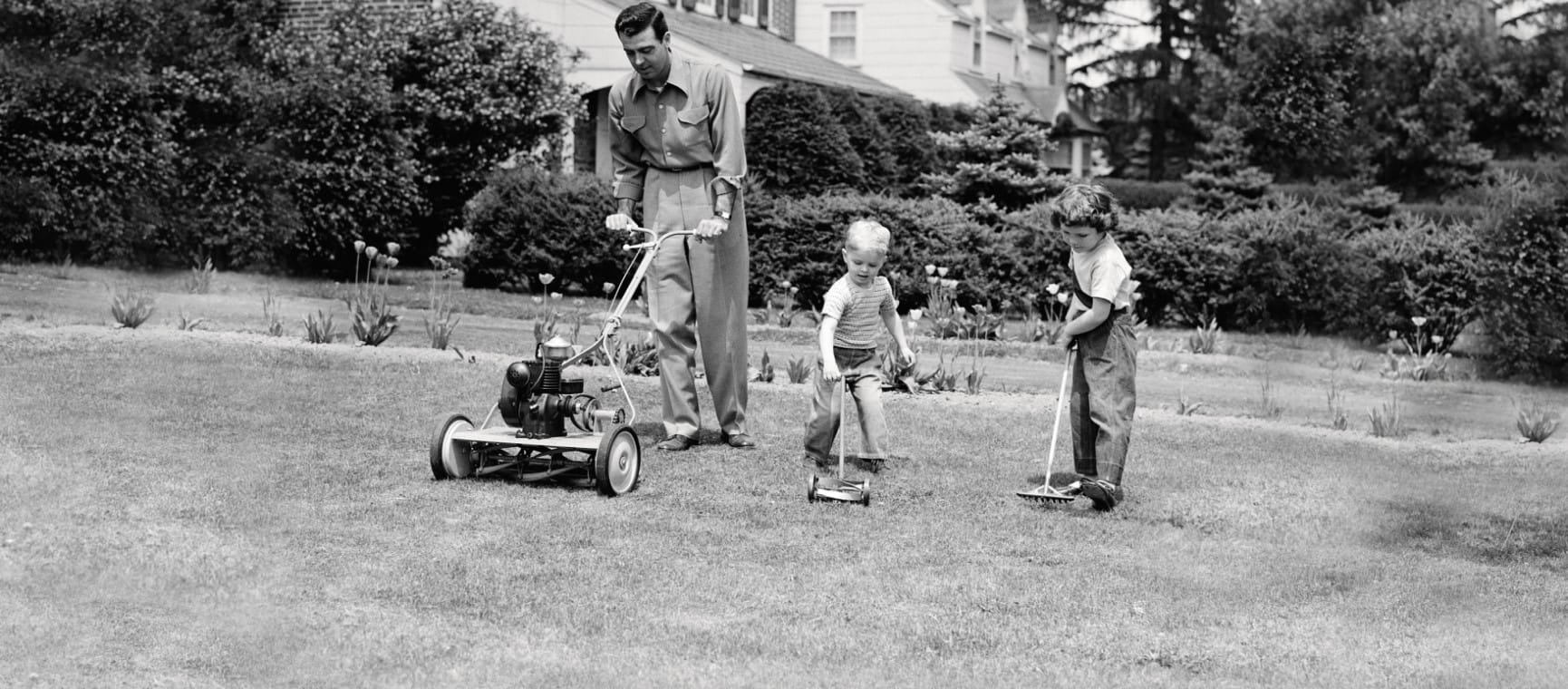
From robot mowers to electric pruning shears, spruce up your outside space with four of the best garden gadgets

Our expert pruning and watering hacks include a top tip to keep them flowering from Alan Titchmarsh.
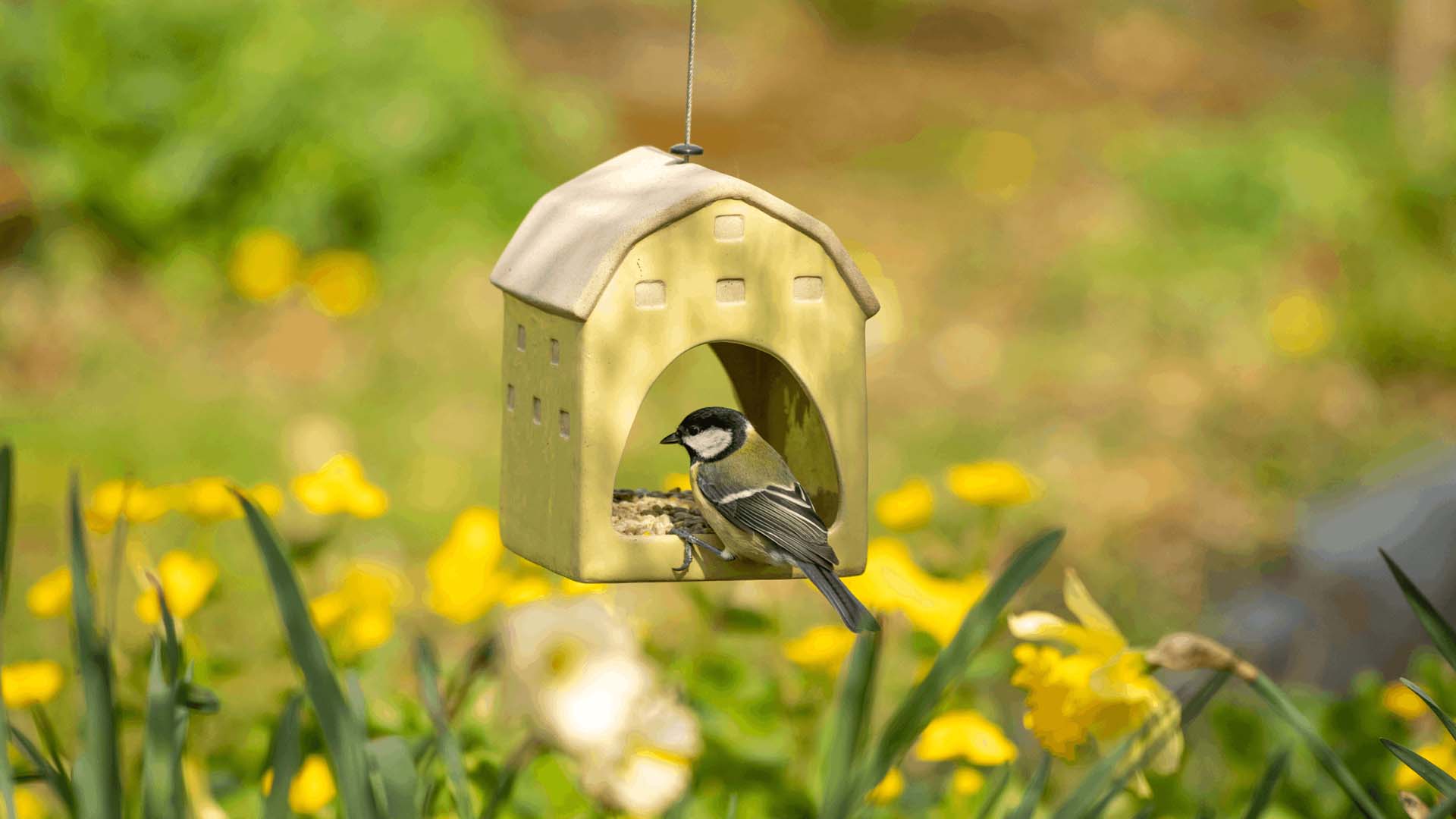
Don’t make these bird-feeding mistakes. Expert advice on how to feed birds in your garden safely.
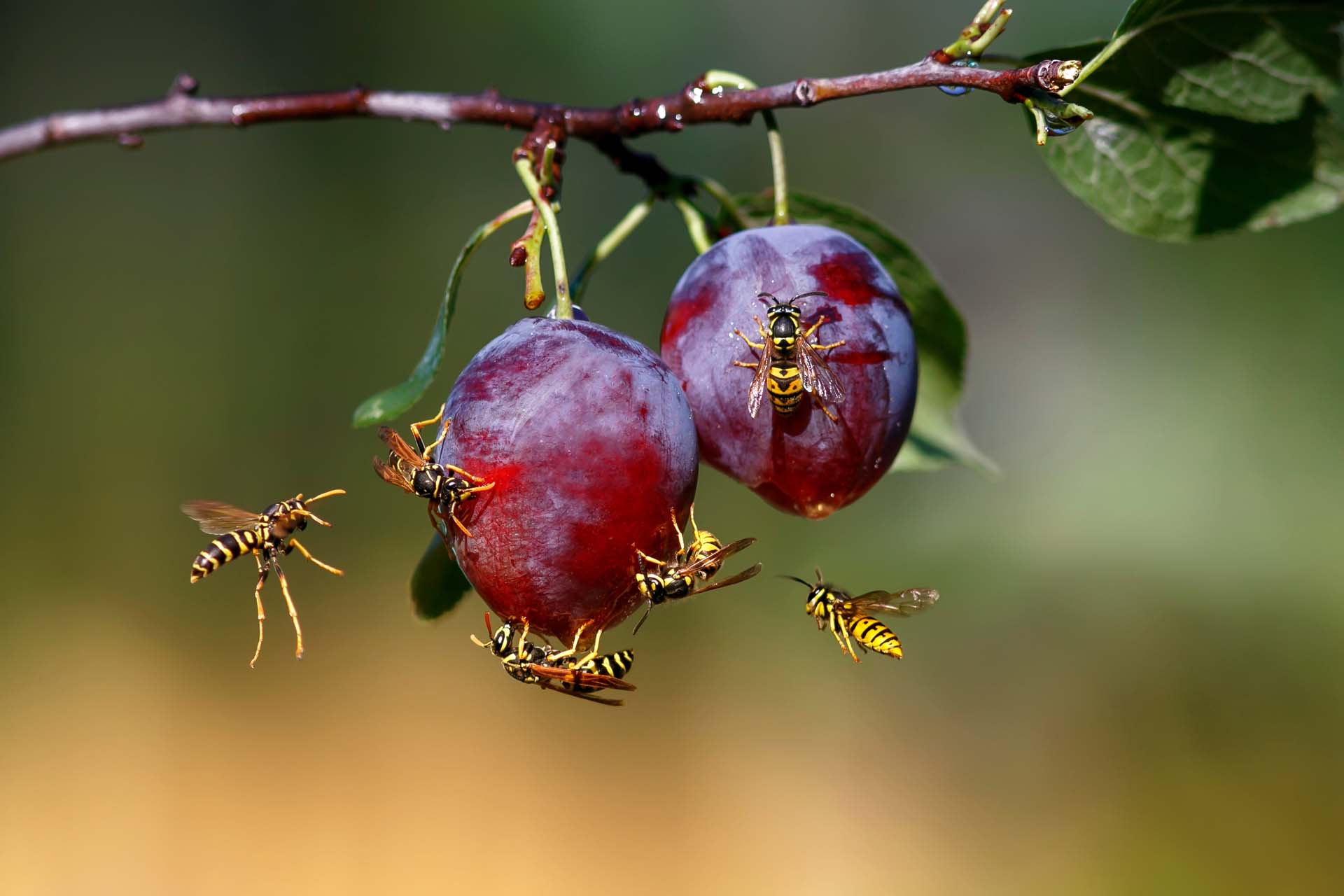
Blighted by buzzing? How to keep wasps out of your garden without harming them so you can enjoy the summer.
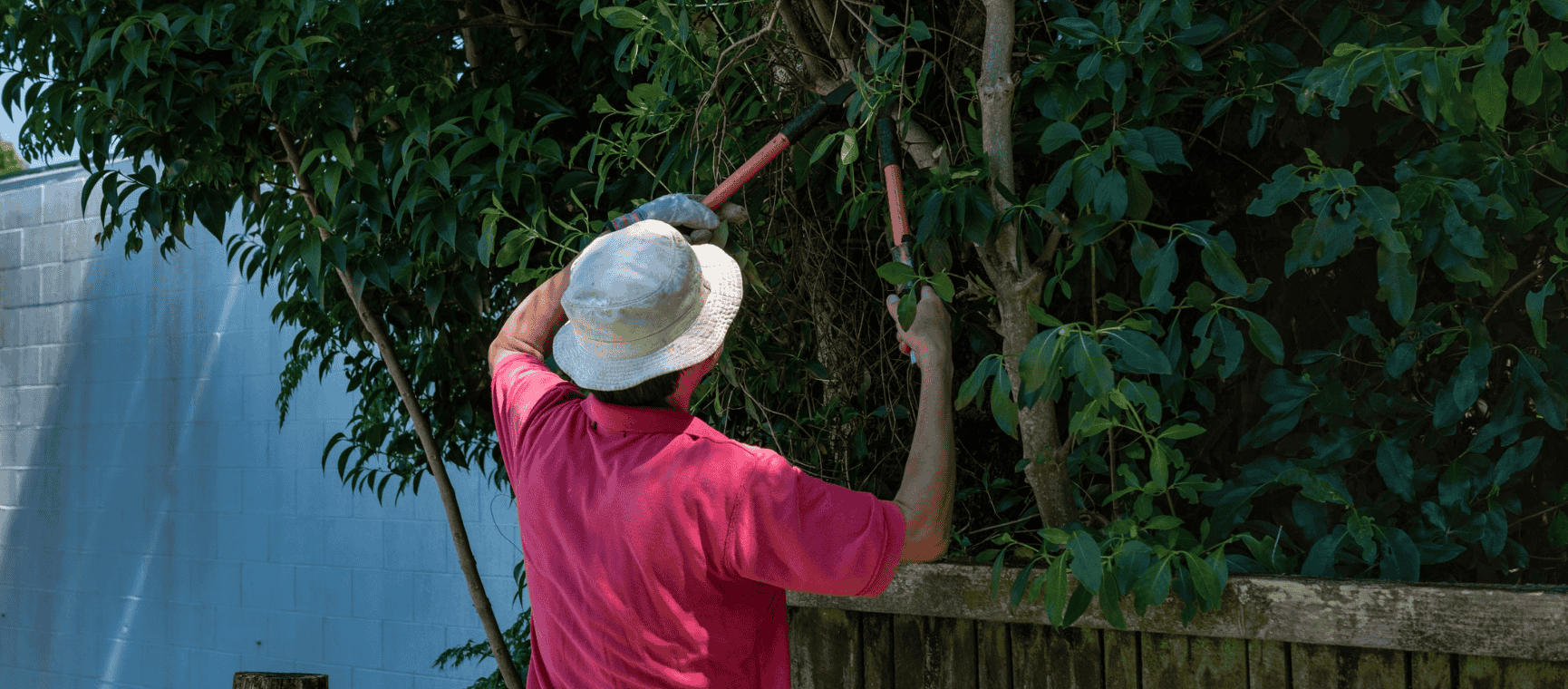
The ways you could be breaking the law in your back garden - with expert advice on how to avoid neighbour disputes, a fine or even a prosecution.


Everything you need to know about Japanese knotweed, the fast-growing plant nobody wants in their garden.